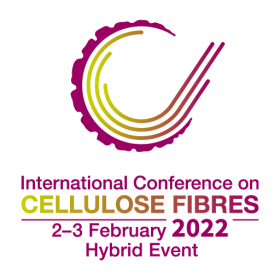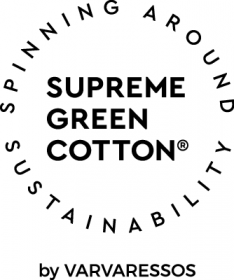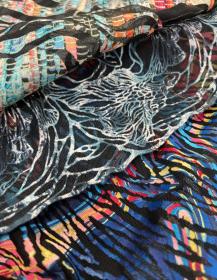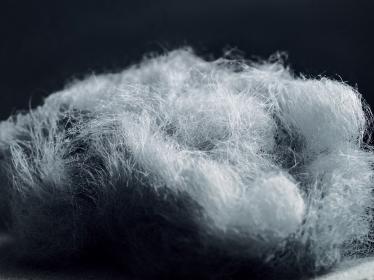Avgol® and YanJan: commercial partnership for North American apertured spunbond project
Avgol® America Inc., a North American leader in the manufacture of high-performance nonwoven fabric solutions, and YanJan USA LLC, the professional material supplier for disposable hygiene products, have announced a new partnership to deliver exclusive product offerings to the North American market.
Under the terms of the new partnership, Avgol will be offering apertured spunbond products made exclusively by YanJan USA using its specific know-how and capabilities. YanJan USA will obtain the base spunbond materials exclusively from Avgol, with the partners developing and manufacturing products tailored to each company’s skill set and to meet customer needs.
“This partnership enables both YanJan and Avgol to diversify our overall product ranges and to push effectively into new market opportunities,” said Jian Weng, President and General Manager of YanJan USA LLC.
“This is in an exciting partnership for our companies,” said Ronnie Batchler, VP Americas Region at Avgol. “The spunbond ‘precursor’ material will be specifically designed to meet customer specifications and deliver optimum perfomance. Aperturing of the spunbond will then give the nonwoven material additional unique attributes, such as improved physical performance and aesthetic appeal.




























